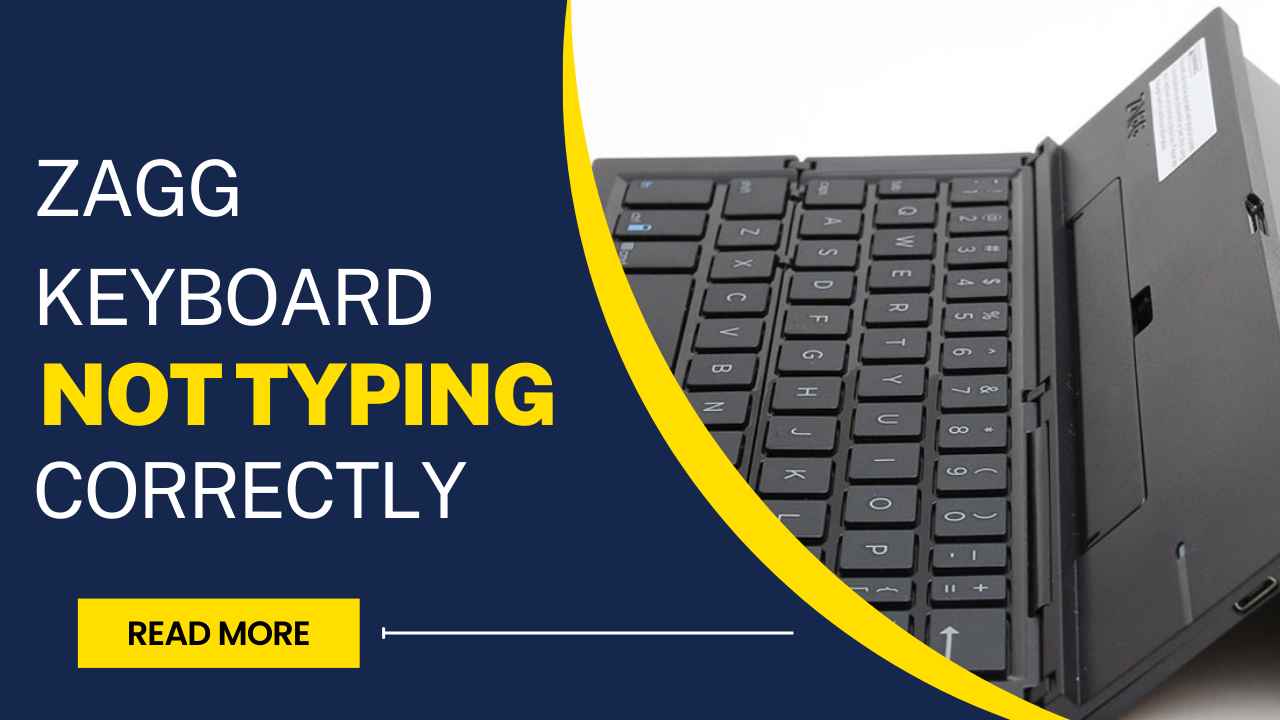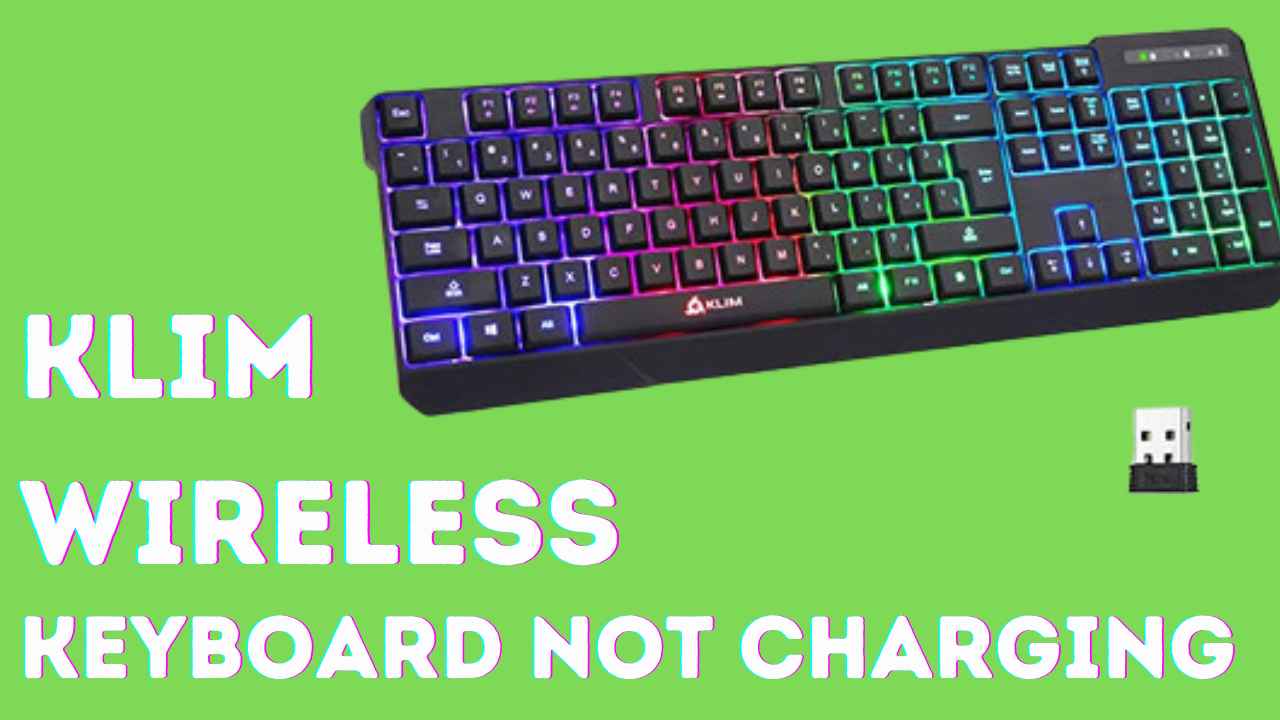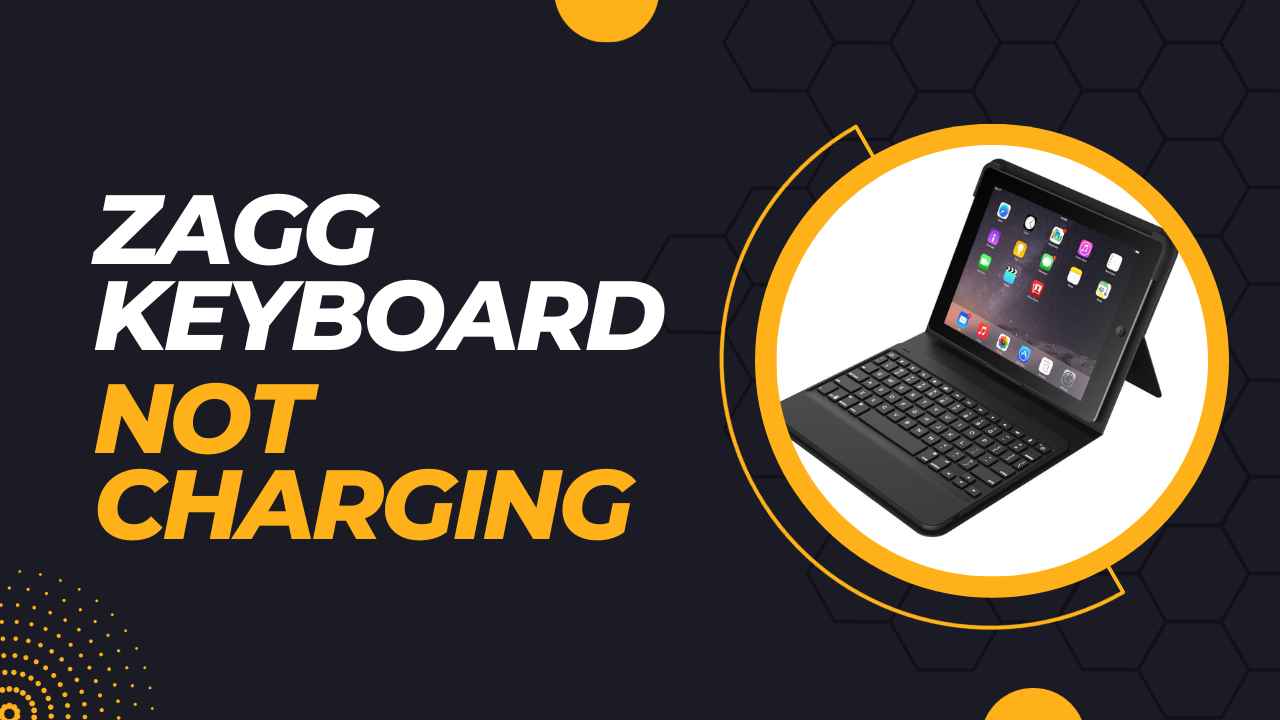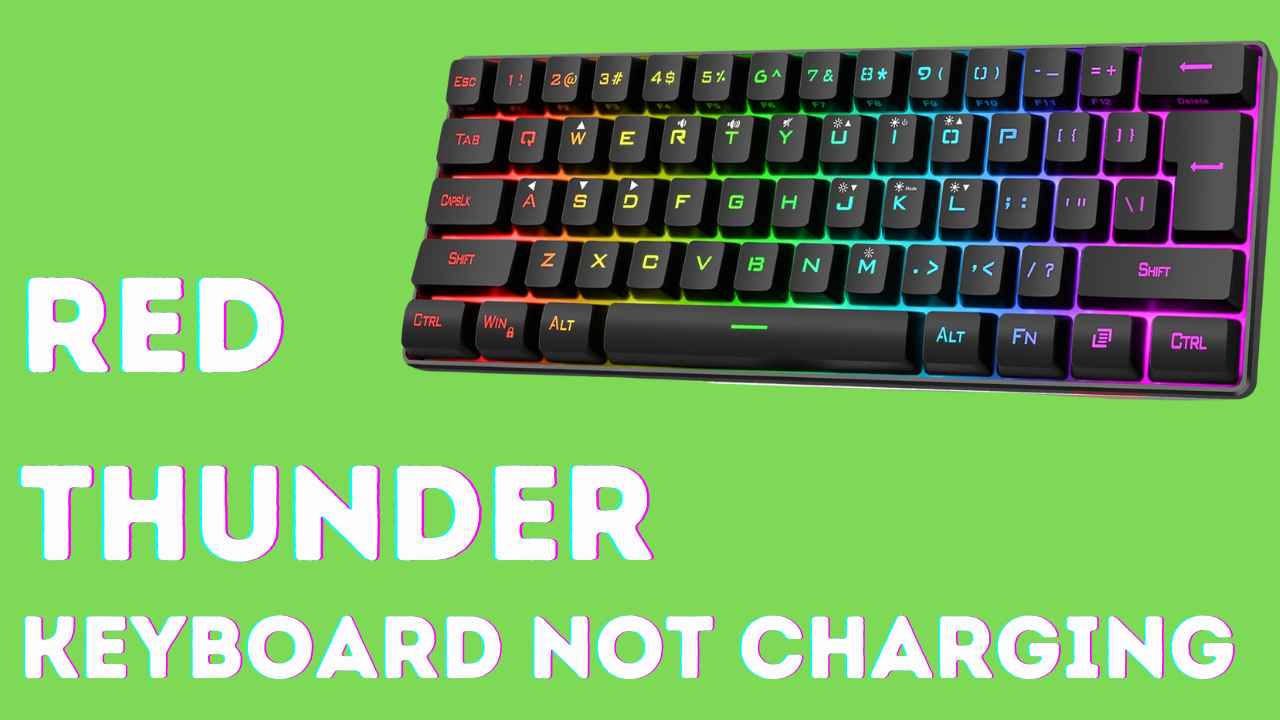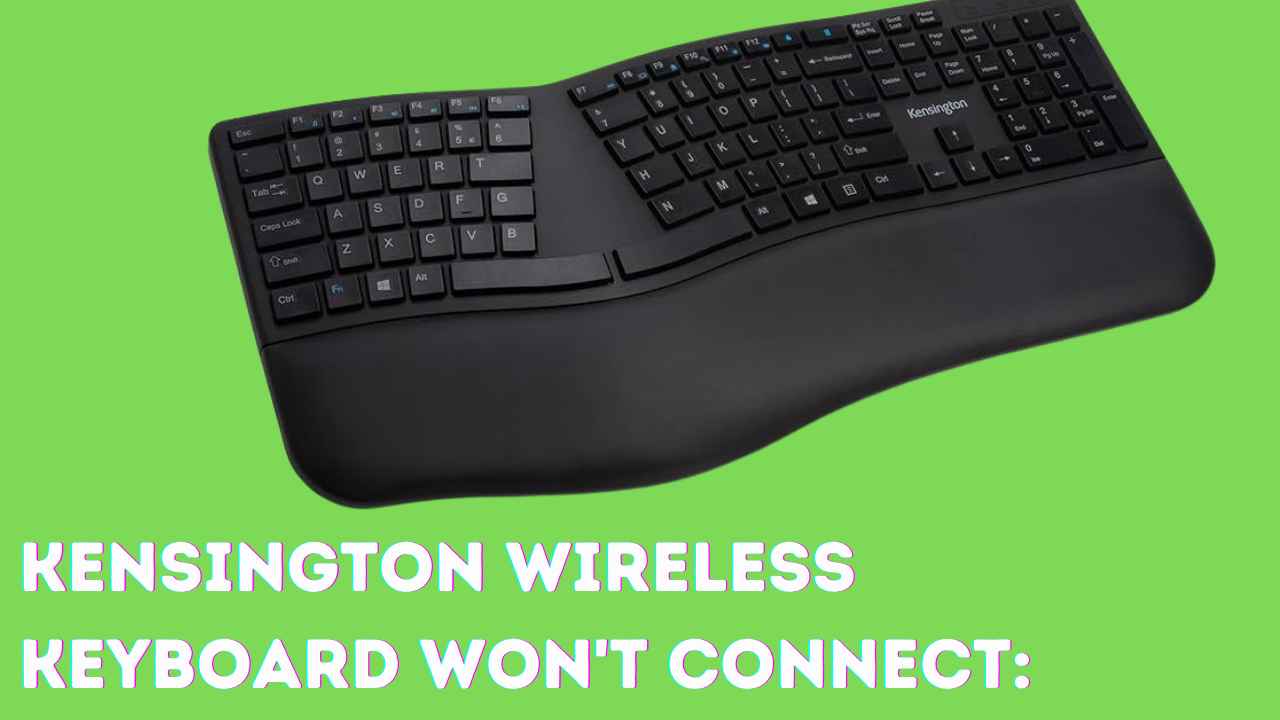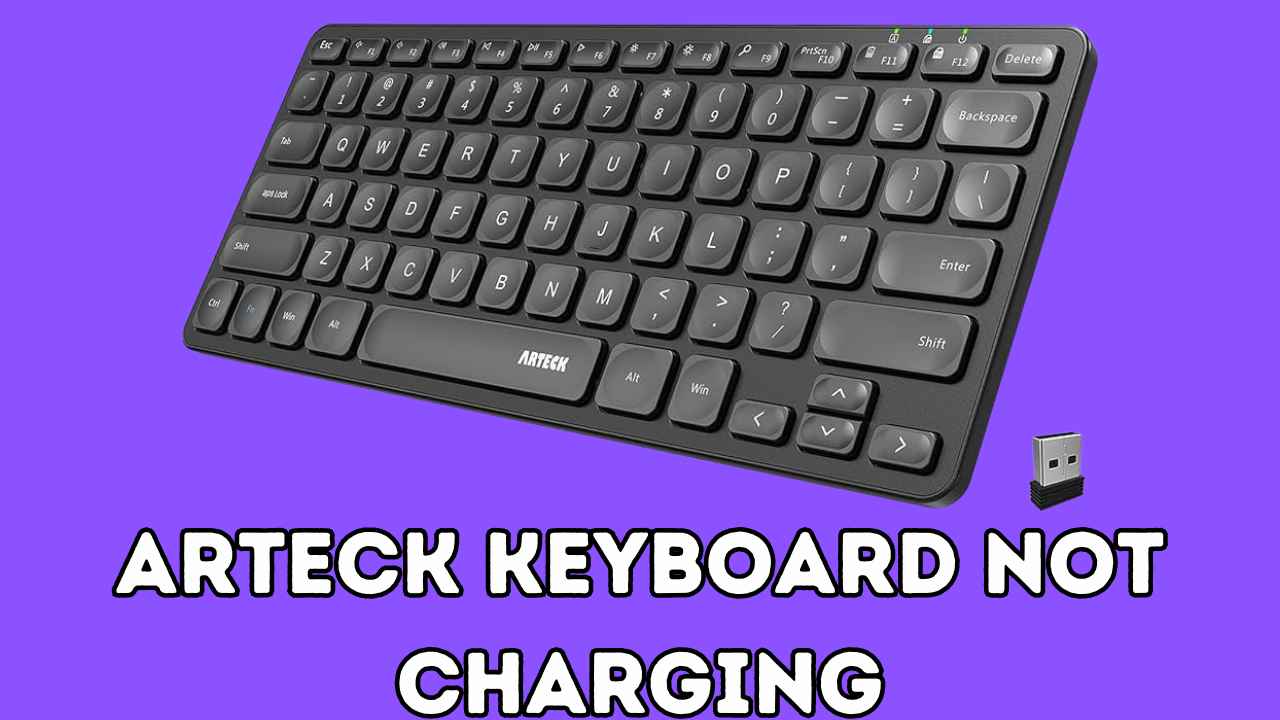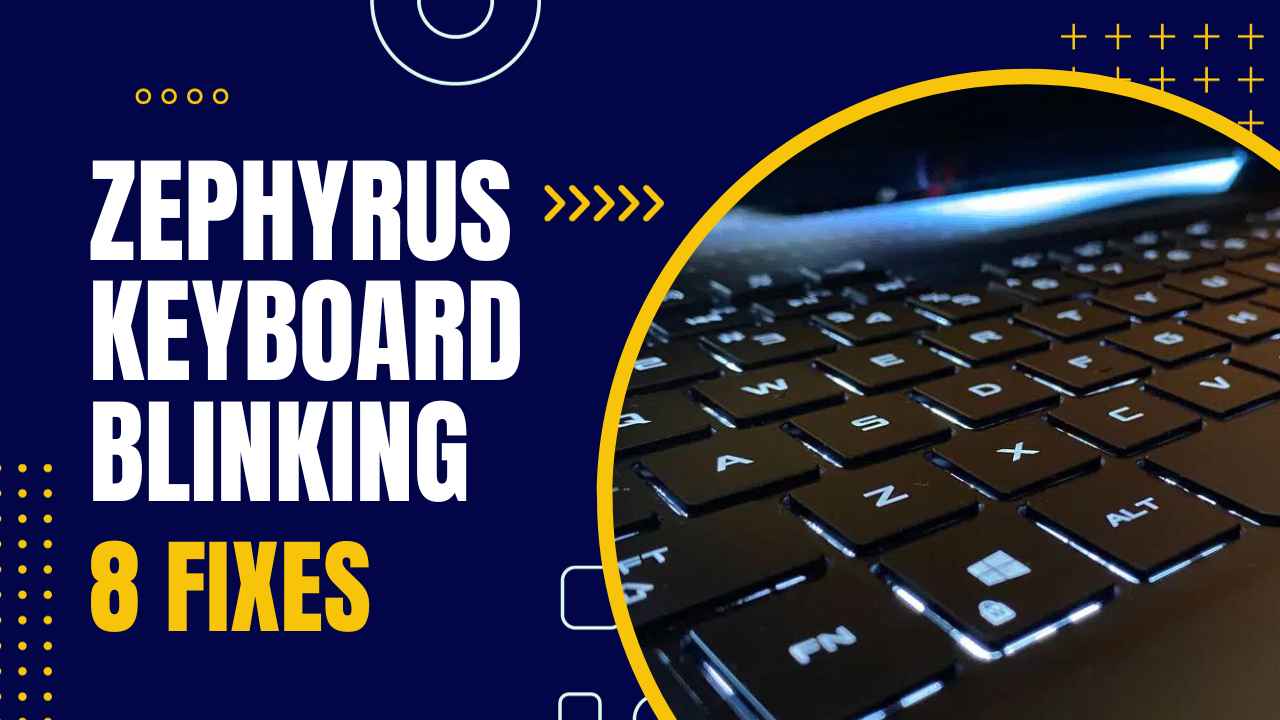The Zagg keyboard is an essential device for those who use their tablets or smartphones for work and productivity. It provides a convenient way to type quickly and accurately, making it a valuable tool for professionals and students alike.
However, like any electronic device, the Zagg keyboard can encounter problems that hinder its performance. One of the most common issues that users face is when it stops typing correctly. This can be frustrating and disrupt your work or studies. In this guide, we will discuss 8 easy solutions to fix a Zagg keyboard not typing correctly.
Common Reasons for Zagg Keyboard Not Typing Correctly
- Dust and Debris Accumulation: Over time, dust, crumbs, and other debris can accumulate beneath the keys, causing them to stick or become unresponsive.
- Software or Driver Problems: Outdated or corrupt software or drivers can lead to compatibility issues and hinder proper keyboard functionality.
- Connectivity Issues: Problems with Bluetooth or other wireless connections can result in intermittent or non-responsive typing.
- Physical Damage: Accidental spills, drops, or physical impact can damage the keyboard, affecting its performance.
8 Solutions for Zagg Keyboard Problems
Cleaning the Keyboard:
One of the simplest solutions to fixing a Zagg keyboard that is not typing properly is to clean it. Over time, dust and debris can accumulate between the keys, causing them to stick or not register your keystrokes.
To clean your Zagg keyboard effectively, you can use a slightly damp cleaning cloth or a soft, dust-free cloth to remove fingerprints.
For dust in hard-to-reach places, compressed air works best. You can hold the keyboard upside down and use compressed air to blow away dirt. Additionally, the keys can be cleaned with a damp cloth.
Remember to avoid using excessive moisture when cleaning the keyboard to prevent damage. Proper cleaning helps maintain the functionality and appearance of your Zagg keyboard.
Updating Software and Drivers:
It is crucial to stay up to date with the latest software updates and drivers for your Zagg keyboard.
By regularly checking for updates and installing them promptly, you can benefit from improved performance, compatibility, and new features.
Updated software and drivers often address bug fixes, security vulnerabilities, and enhance the overall user experience.
To update the software and drivers of a Zagg keyboard, follow these steps:
- Download the ZAGG Keyboard Firmware Utilities App: This app is available on the Apple App Store, Google Play Store, and Windows App Store.
- Connect your keyboard: Ensure that your Zagg keyboard is connected to your device via Bluetooth.
- Launch the app: Open the ZAGG Keyboard Firmware Utilities App on your device.
- Check for updates: The app will automatically validate if your keyboard is utilizing the latest firmware version.
- Update the firmware: If an update is available, follow the app’s instructions to update the firmware on your keyboard.
By following these steps, you can ensure that your Zagg keyboard receives the latest software and driver updates, maintaining optimal performance and functionality.
Checking Connectivity:
If you are using a wireless Zagg keyboard, make sure that it is properly connected to your device via Bluetooth. Sometimes the connection can be disrupted, causing the keyboard to not type correctly.
Here are some steps to check and improve the Bluetooth connection:
Make sure the keyboard is within range of your device. The Bluetooth range is typically around 30 feet, but it can vary depending on the device and the environment.
Check if there are any obstacles or interferences between the keyboard and your device, such as walls, furniture, or other electronic devices. Try moving the keyboard closer to your device or removing any obstacles.
Make sure the keyboard is charged or has fresh batteries. A weak battery can affect the Bluetooth connection.
Turn off other Bluetooth devices that are not in use. Having multiple Bluetooth devices in the same area can cause interference.
Restart your device and the keyboard. Sometimes, a simple restart can fix the connection issue.
Forget the keyboard from your device’s Bluetooth settings and reconnect it. This can help if the connection has been corrupted or if the device has been paired with too many devices.
Resetting the Keyboard:
If you encounter persistent issues with your Zagg keyboard, performing a factory reset can often resolve them. By resetting the keyboard to its default settings, you can eliminate any potential software glitches or misconfigurations.
This can be beneficial if your keyboard starts behaving unexpectedly or if you want to start fresh with a clean slate.
To reset a Zagg keyboard to factory settings, you can follow these general steps:
- Turn off the keyboard: Switch off the Zagg keyboard.
- Forget the keyboard on your device: On your device, go to the Bluetooth settings, find the Zagg keyboard, and choose to forget the device.
- Reset the keyboard: Some Zagg keyboards have a reset button. Press and hold the reset button for a few seconds.
- Re-pair the keyboard: Put the keyboard in pairing mode and re-pair it with your device.
Replacing Batteries:
If your Zagg keyboard relies on batteries for power, it is essential to monitor and replace them when needed.
By ensuring a sufficient power supply, you can maintain uninterrupted usage and avoid any performance issues caused by weak or depleted batteries.
Regularly checking the battery level and replacing batteries when necessary will help you to enjoy uninterrupted typing sessions and maximize the lifespan of your Zagg keyboard.
Adjusting Keyboard Settings:
If your Zagg keyboard is not typing correctly, you can try adjusting the keyboard settings on your device. This can help if the keyboard is typing the wrong characters or repeating letters or spaces.
On an iPad, you can go to Settings > General > Keyboard and adjust the settings for Key Repeat and Full Keyboard Access. Turning off Key Repeat can help if the keyboard is repeating letters or spaces without control. Turning off Full Keyboard Access can also help if the keyboard is not typing correctly in certain apps.
If you are using a Zagg keyboard with a Windows device, you can try disabling Num Lock or switching between your active keyboard layouts. This can help if the keyboard is typing numbers instead of letters or if the keyboard map is not matching the letters on your keys.
You can also try running the keyboard troubleshooter on your Windows device to detect and fix any issues. This can help if the keyboard is not functioning properly due to a hardware or software issue.
Using an External Keyboard:
If you encounter persistent issues or want to troubleshoot further, connecting an external keyboard to your device can help determine if the problem is specific to your Zagg keyboard or a more extensive system issue.
This can provide valuable insights into the root cause of any keyboard-related problems you may be experiencing.
Additionally, it allows you to continue working or typing without interruptions while you investigate and resolve the issue.
Seeking Manufacturer Support:
If you are unable to resolve the keyboard issues on your own, reaching out to Zagg’s customer support can be a helpful step.
Their knowledgeable representatives can provide guidance, troubleshooting assistance, and further insights to help you resolve any lingering problems you may encounter.
They have extensive experience dealing with Zagg keyboards and can offer specific solutions tailored to your situation.
Conclusion
A malfunctioning keyboard can be frustrating, but with these common reasons and solutions for Zagg keyboard issues, you can troubleshoot and resolve many problems on your own.
Remember to thoroughly clean your keyboard, update software and drivers, check connectivity, and seek manufacturer support if needed. By following these tips and tricks, you can enjoy smooth and accurate typing once again.
